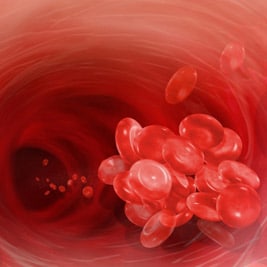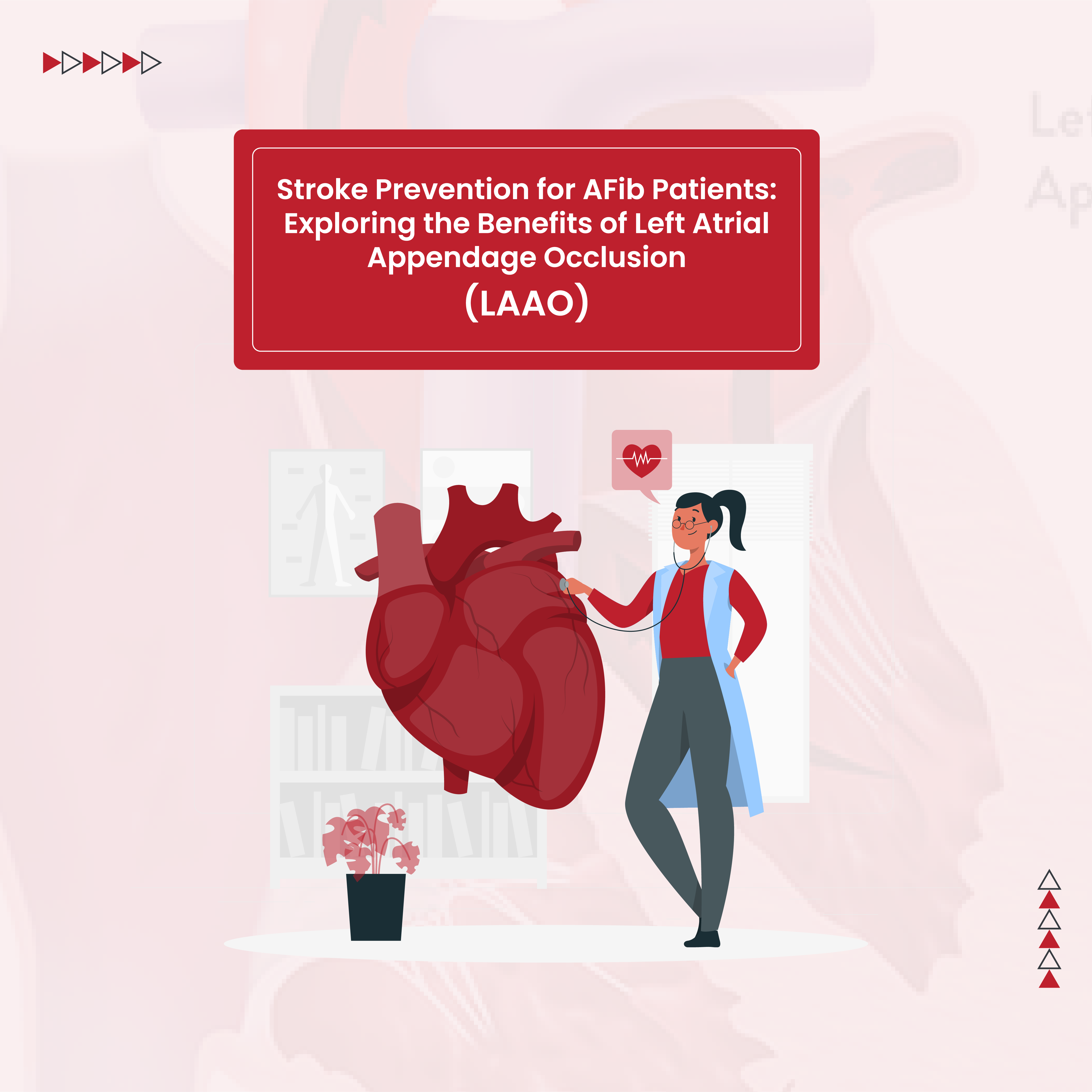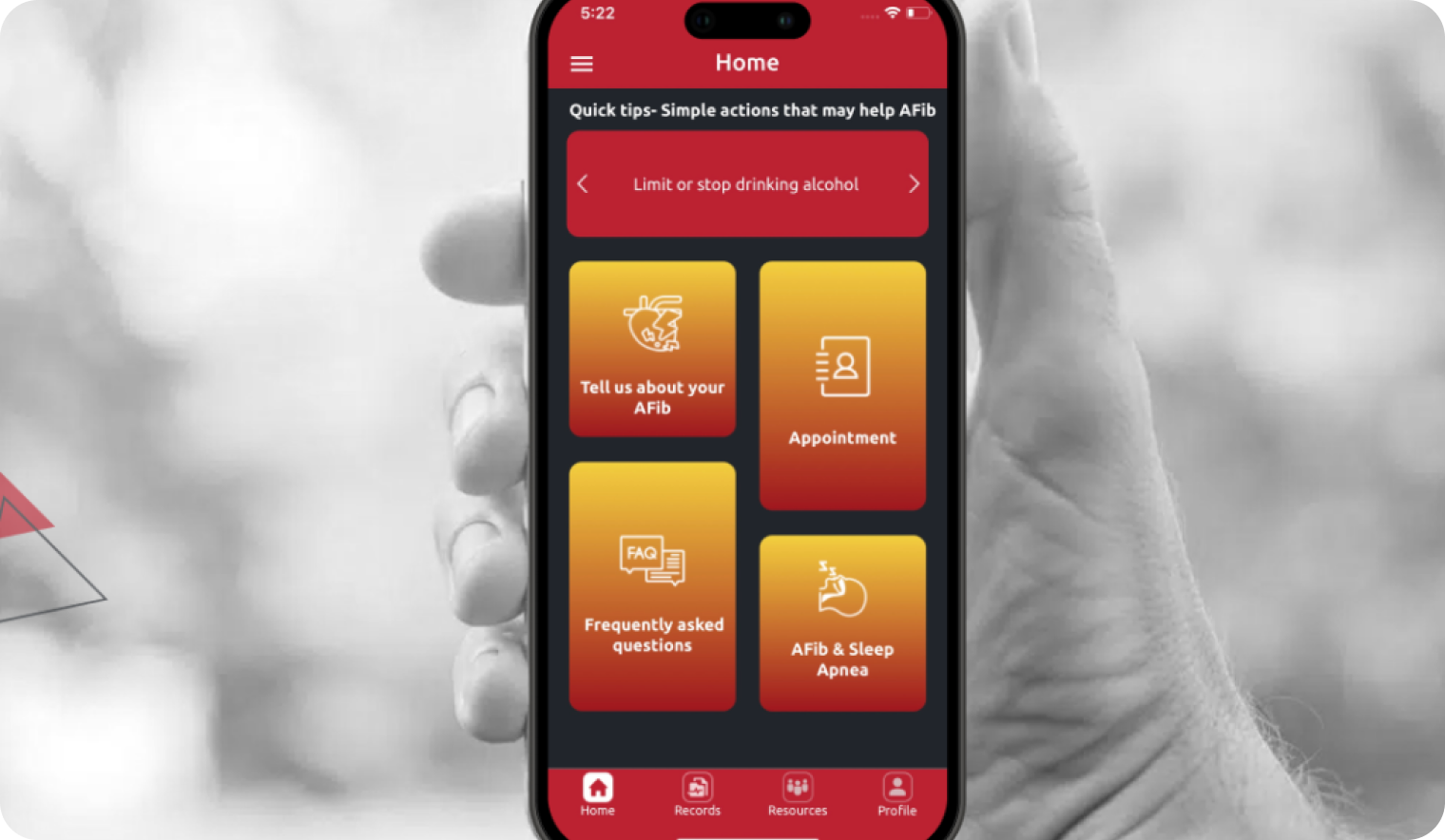Our comprehensive arrhythmia program facilitates targeted, patient-specific interventions for Left Atrial Appendage (LAA) management for stroke prevention. In patients with non-valvular AFib, medical research identified the area of the heart known as the left atrial appendage to be the primary source of blood clots which can lead to stroke.
The left atrial appendage is a small sack of tissue attached to the left atrium. The left atrium is the area of the heart where atrial fibrillation originates. The chaotic electrical impulses which cause atrial fibrillation can make it so that blood pools within the left atrium, particularly in the left atrial appendage. When the blood pools it increases the risk of a blood clot forming which can lead to a stroke. Anticoagulation, or medication to prevent clots, has been the traditional treatment to prevent stroke. However, taking these medicines can be complicated and expensive. In addition, they increase the risk of excessive bleeding. For patients who cannot take an anticoagulant, physically closing the left atrial appendage is an option for stroke prevention. Left atrial appendage closure can be completed using various procedures such as Watchman, Lariat, and AtriClip.
WATCHMAN
The WATCHMAN is a basket shaped device that is implanted at the opening of the left atrial appendage in an effort to decrease the risk of stroke. This catheter based procedure is an option for AFib patients who have an increased risk of stroke and a high risk of bleeding complications with long-term anticoagulation medication. During the implantation, a catheter is inserted in the groin and guided into the heart. Once inside the left atrium, the device is deployed at the opening of the left atrial appendage. This prevents clots in the appendage from entering into circulation and causing a stroke. The Watchman is the only FDA approved device of its kind.
LARIAT
LARIAT® Suture Delivery Device permanently closes the left atrial appendage. This is a catheter based procedure available to patients with atrial fibrillation who have an increased risk of stroke. Catheters are inserted in the groin and the appendage is sealed with a pre-tied suture (similar to a lasso). Once tied, the appendage turns into scar tissue and is no longer a source of blood clot formation.
ATRICLIP
The AtriClip device closes the left atrial appendage in a minimally invasive open procedure done by one of our cardiothoracic surgeon team members. During the procedure, the cardiothoracic surgeon makes a few small incisions on the sides of the chest wall and uses a camera to directly visualize the heart. The AtriClip is deployed on the appendage from the outside of the heart. After the clip is deployed, blood is no longer able to enter the appendage which reduces the risk of stroke.
Continue reading the next issue of The Scoop when we’ll uncover the results of a recent medical study that should impact how people with early onset AFib should weigh their options for treatment.








